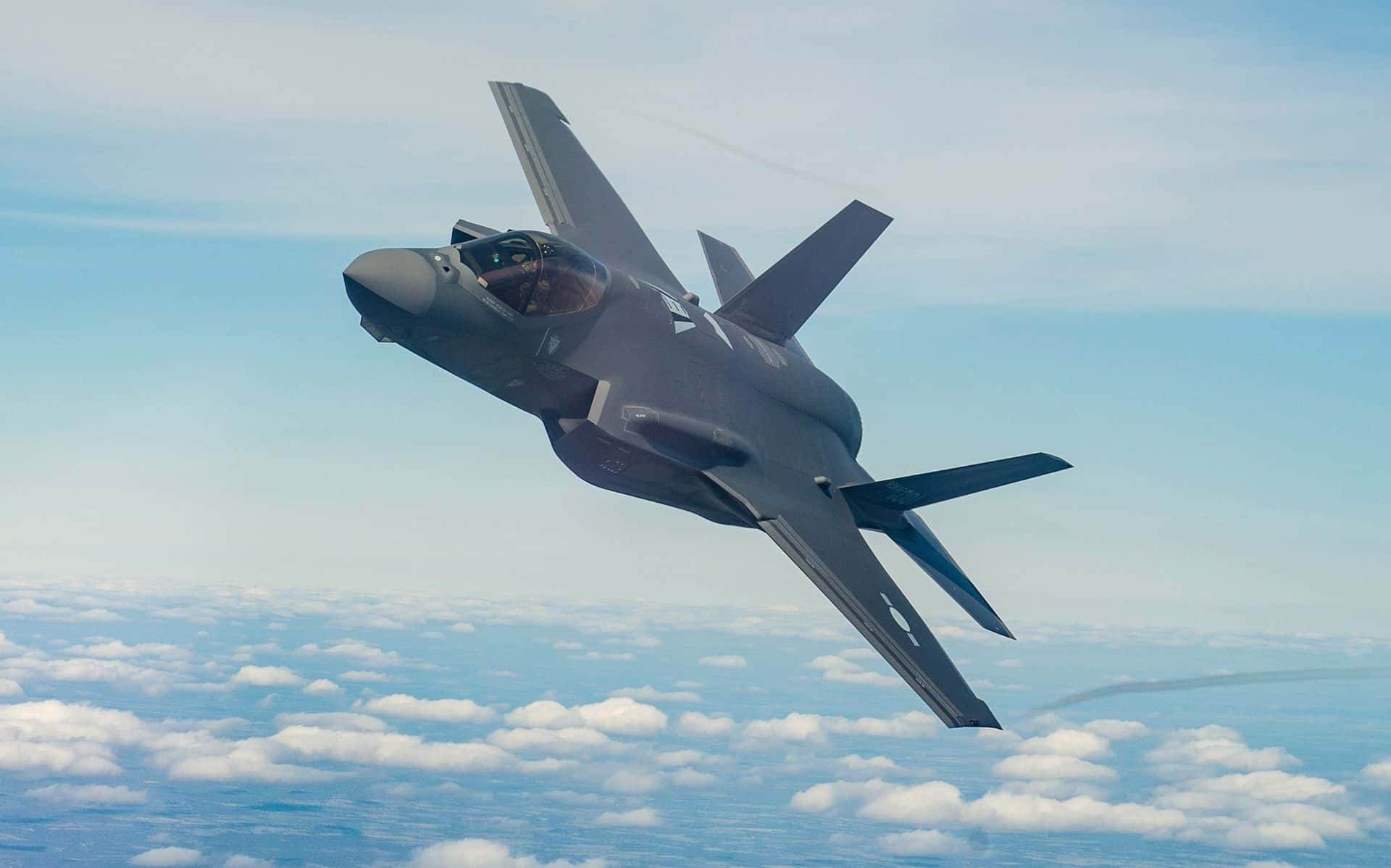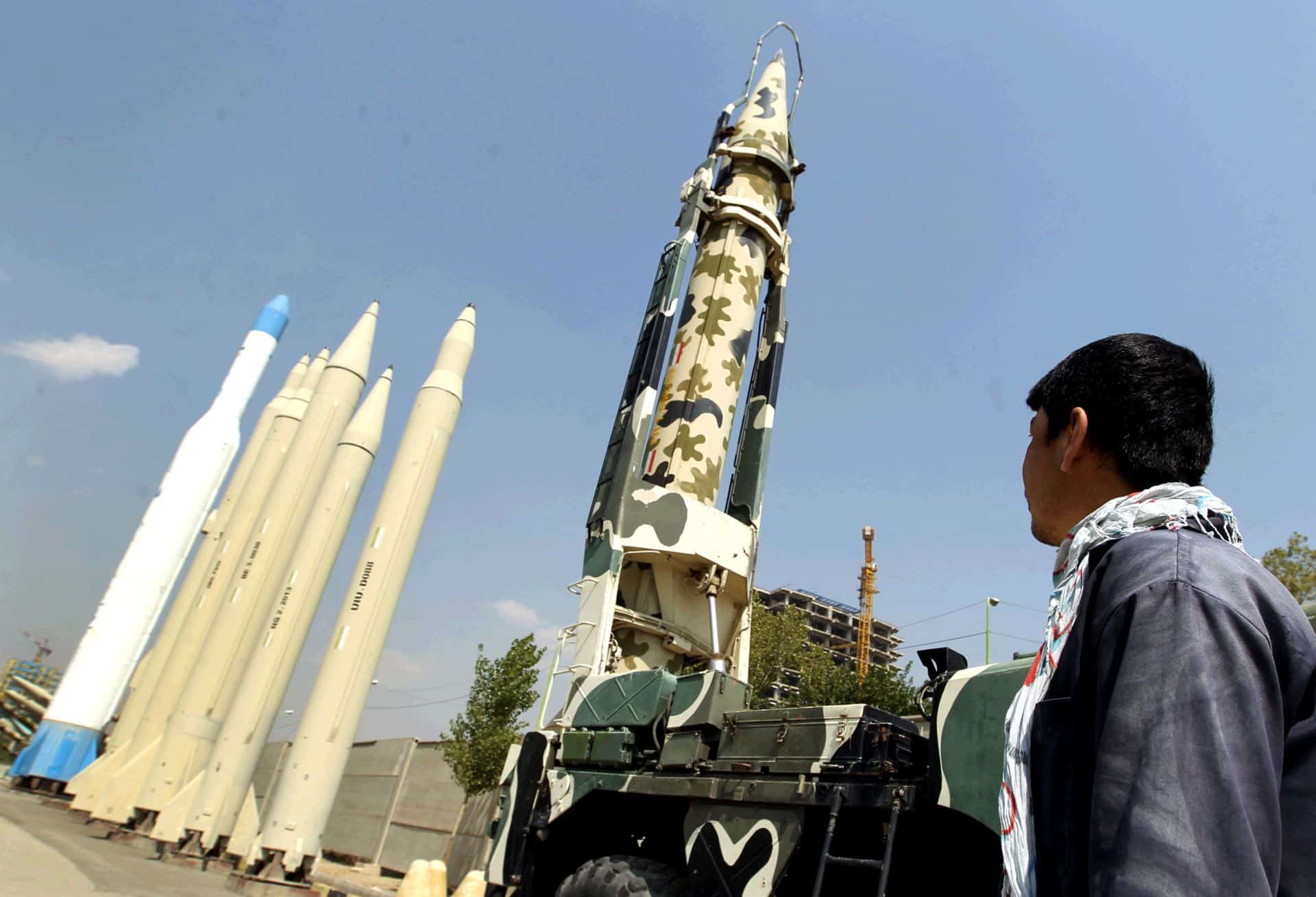F-35 aircraft performance is falling short of warfighter requirements—that is, aircraft cannot perform as many missions or fly as often as required.
This lower-than-desired aircraft performance is due largely to F-35 spare parts shortages and difficulty in managing and moving parts around the world:
- Spare parts shortages and limited repair capabilities. F-35 aircraft were unable to fly nearly 30 percent of the May-November 2018 time period due to spare parts shortages.
Also, the Department of Defense (DOD) had a repair backlog of about 4,300 F-35 parts. DOD is taking steps to fix these issues, such as improving the reliability of parts. However, it has not fully determined actions needed to close the gap between warfighter requirements and the performance the F-35 supply chain can deliver.
- Mismatched parts for deploying aircraft. DOD purchases certain sets of F-35 parts years ahead of time to support aircraft on deployments, including on ships. But the parts do not fully match the military services’ needs because F-35 aircraft have been modified over time. For example, 44 percent of purchased parts were incompatible with aircraft the Marine Corps took on a recent deployment. Without a process to modify the sets of parts for deployments, DOD may be unable to meet the services’ operational needs.
- An immature global network to move F-35 parts. DOD’s networks for moving F-35 parts around the world are immature, and overseas F-35 customers have experienced long wait times for parts needed to repair aircraft. Without a detailed plan for the network, DOD may not be ready to support an expanding fleet.
In addressing these challenges, DOD must grapple with affordability. The Air Force and Marine Corps recently identified the need to reduce their sustainment costs per aircraft per year by 43 and 24 percent, respectively.
DOD has spent billions of dollars on F-35 spare parts but does not have records for all the parts it has purchased, where they are, or how much they cost.
For example, DOD is not maintaining a database with information on F-35 parts the U.S. owns, and it lacks the necessary data to be able to do so. Without a policy that clearly defines how it will keep track of purchased F-35 parts, DOD will continue to operate with a limited understanding of the F-35 spare parts it owns and how they are being managed.
If left unaddressed, these accountability issues will impede DOD’s ability to obtain sufficient readiness within affordability constraints.
Why GAO Did This Study
DOD’s F-35 fighter jet provides key aviation capabilities to support the U.S. National Defense Strategy. The F-35 is also DOD’s most costly weapon system, with sustainment costs estimated at more than $1 trillion over a 60-year life cycle. The F-35’s supply chain has a unique design. Rather than owning the spare parts for their aircraft, the Air Force, Navy, and Marine Corps—along with eight international partners and other foreign military sales customers—share a common, global pool of F-35 parts that are managed by the prime contractor.
You asked us to review the F-35 supply chain. This report assesses, among other things, the extent to which:
- F-35 performance is meeting warfighter requirements and any challenges related to the availability of spare parts;
- DOD can effectively manage and move F-35 spare parts to support aircraft around the world; and
- DOD can account for F-35 spare parts and their costs within the supply chain. GAO reviewed DOD and contractor documentation, analyzed performance data, and interviewed relevant officials.
What GAO Recommends
GAO is making eight recommendations, including that DOD determine actions to close the gap between warfighter requirements and F-35 supply chain performance; and address challenges with deployments, global parts movement, and spare parts accountability.
DOD concurred with all of GAO’s recommendations.
Full report in PDF: F-35 Aircraft Sustainment: DOD Needs to Address Substantial Supply Chain Challenges (27 downloads)










